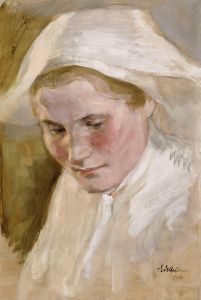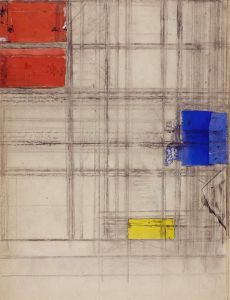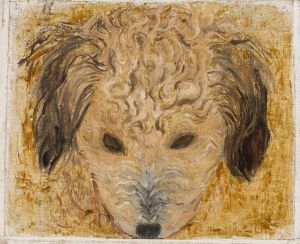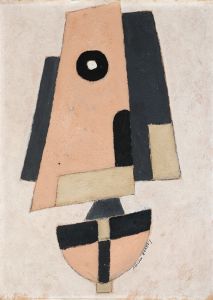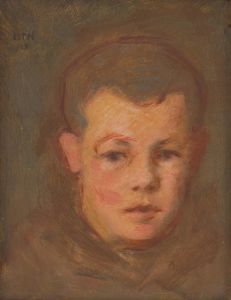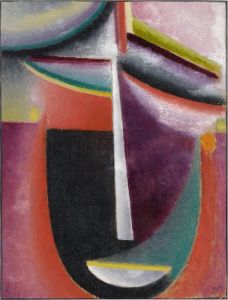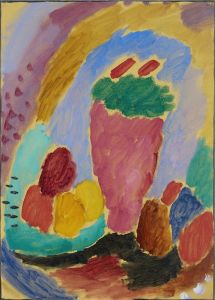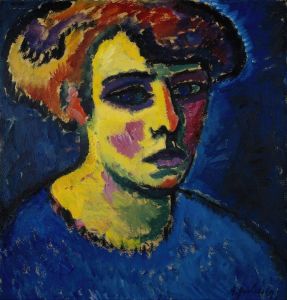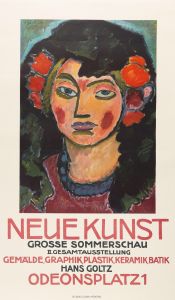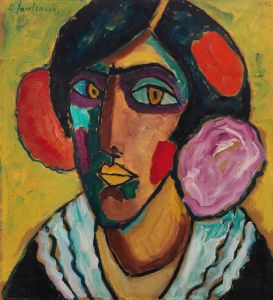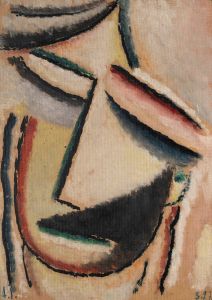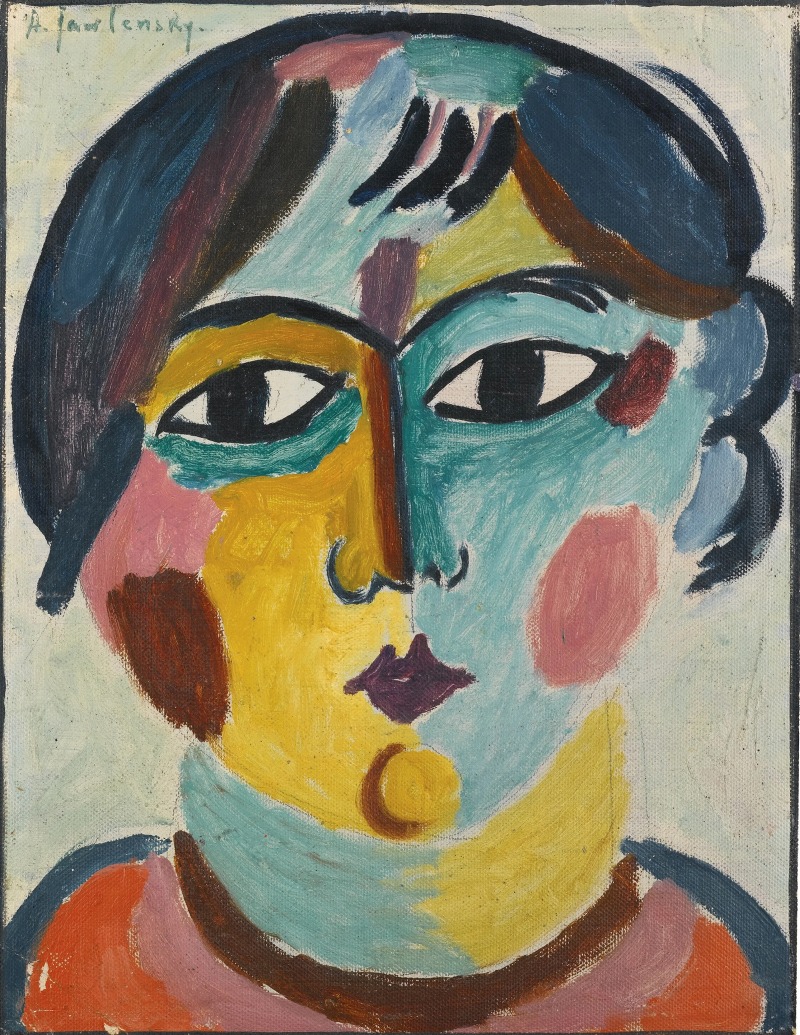
Mädchenkopf – Die Asiatin
A hand-painted replica of Alexej von Jawlensky’s masterpiece Mädchenkopf – Die Asiatin, meticulously crafted by professional artists to capture the true essence of the original. Each piece is created with museum-quality canvas and rare mineral pigments, carefully painted by experienced artists with delicate brushstrokes and rich, layered colors to perfectly recreate the texture of the original artwork. Unlike machine-printed reproductions, this hand-painted version brings the painting to life, infused with the artist’s emotions and skill in every stroke. Whether for personal collection or home decoration, it instantly elevates the artistic atmosphere of any space.
Alexej von Jawlensky, a Russian expressionist painter, created the artwork "Mädchenkopf – Die Asiatin" during his prolific career in the early 20th century. Jawlensky was born in Torzhok, Russia, in 1864 and later became a significant figure in the expressionist movement, particularly known for his vibrant use of color and bold, emotive portraits.
"Mädchenkopf – Die Asiatin," which translates to "Girl's Head – The Asian," is one of Jawlensky's many portraits that reflect his interest in capturing the essence and spirit of his subjects through simplified forms and vivid colors. This painting is part of his series of works focusing on the human face, a theme that Jawlensky explored extensively throughout his career. His approach often involved distilling the human face to its essential elements, using strong outlines and a rich palette to convey emotional depth and spiritual resonance.
Jawlensky's work was heavily influenced by his interactions with other avant-garde artists of his time, including Wassily Kandinsky and Gabriele Münter, with whom he was associated through the Munich-based group Der Blaue Reiter (The Blue Rider). This group was instrumental in the development of expressionism and sought to express spiritual truths through art. Jawlensky's style evolved over the years, moving from more naturalistic representations to increasingly abstract and symbolic depictions.
In "Mädchenkopf – Die Asiatin," Jawlensky employs a striking use of color and form to create a portrait that is both intimate and universal. The painting features a stylized depiction of a female figure, characterized by simplified facial features and a harmonious blend of colors that evoke a sense of tranquility and introspection. The use of bold outlines and contrasting hues is typical of Jawlensky's mature style, which sought to transcend mere physical likeness and capture the inner essence of his subjects.
Jawlensky's portraits are often noted for their meditative quality, reflecting his interest in spirituality and the inner life. He was influenced by various spiritual and philosophical movements, including Eastern philosophies, which may have informed his approach to capturing the human face as a window to the soul. This spiritual dimension is evident in "Mädchenkopf – Die Asiatin," where the serene expression and harmonious composition invite contemplation and introspection.
Throughout his career, Jawlensky faced numerous challenges, including the upheavals of World War I and the subsequent political and economic instability in Europe. Despite these difficulties, he continued to produce a significant body of work that has had a lasting impact on the development of modern art. His portraits, including "Mädchenkopf – Die Asiatin," remain celebrated for their innovative use of color and form, as well as their ability to convey profound emotional and spiritual depth.
Today, Jawlensky's works are held in major collections around the world, and he is recognized as a key figure in the expressionist movement. "Mädchenkopf – Die Asiatin" exemplifies his unique artistic vision and his enduring quest to explore the mysteries of the human spirit through the medium of portraiture.





